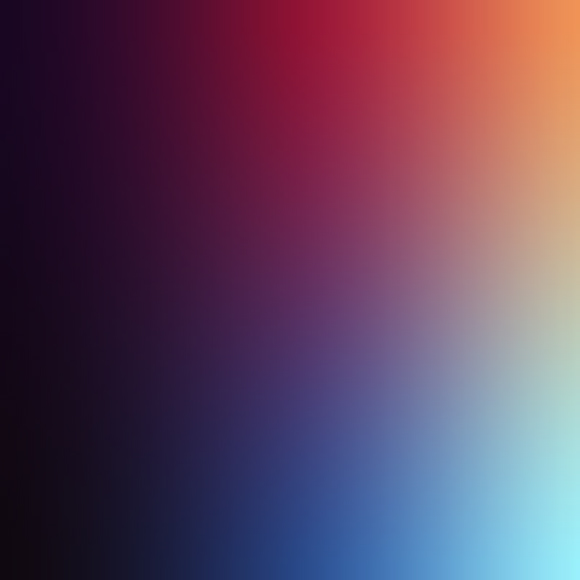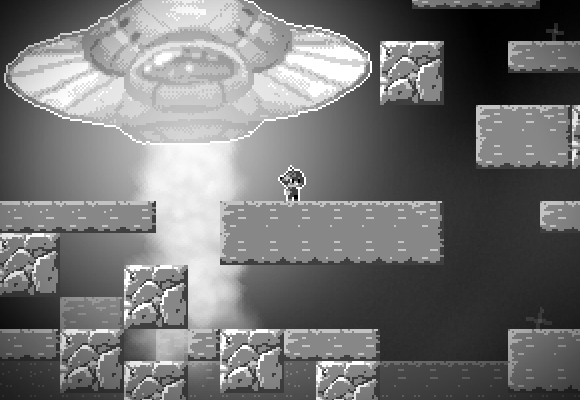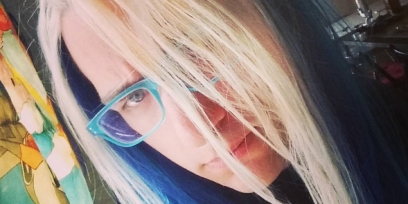Doodle Post
No Comments

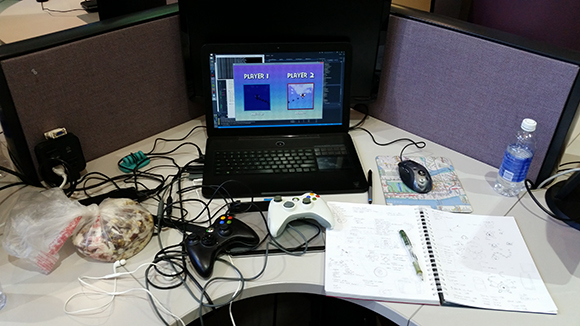
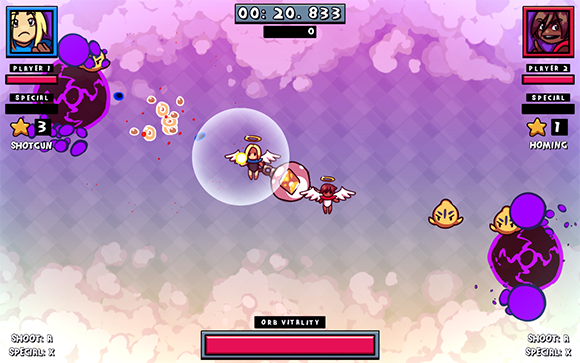

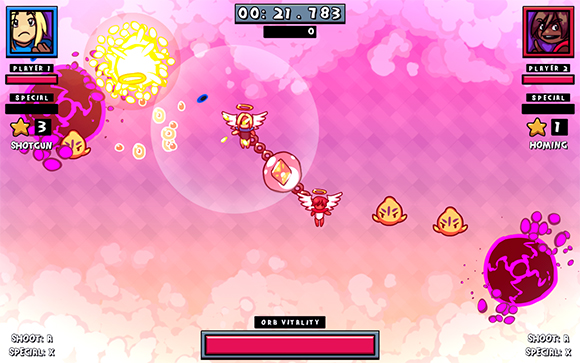

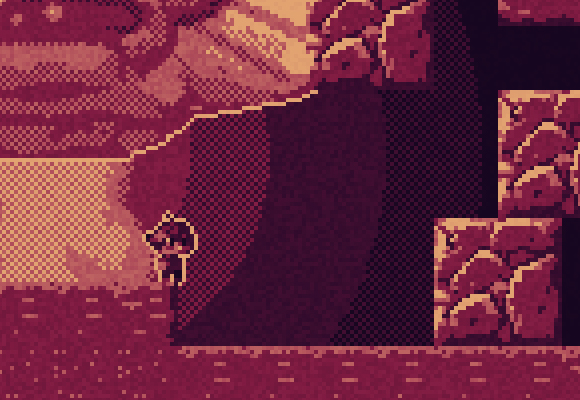
#version 130
uniform sampler2D texture; // The main input texture (the screen.)
uniform sampler2D palette; // The palette texture.
uniform float shift; // The shift amount on the palette texture.
uniform float offset; // The offset for the random noise generation.
uniform float screenScale; // The current scale of the screen. (1x, 2x, etc)
uniform vec2 screenSize; // The size of the core game screen (320 x 240)
uniform float noiseAlpha; // The amount of alpha the noise should have.
// A weird way to generate a random number with a vec2 seed.
float rand(vec2 co){
return fract(sin(dot(co.xy ,vec2(12.9898,78.233))) * 43758.5453);
}
void main() {
// The size of the game window.
vec2 screenSizeScaled = screenScale * screenSize;
// The pixel coordinate being operated on.
vec2 pixpos = gl_TexCoord[0].xy;
// Get dither pixel
vec2 overlayCoord = floor(gl_FragCoord.xy / screenScale);
// Get 1 or 0 based on the pixel location.
float overlayPixelColor = mod(overlayCoord.x + overlayCoord.y, 2);
// Dither is black and white every other pixel.
vec4 overlayPixel = vec4(overlayPixelColor, overlayPixelColor, overlayPixelColor, 1);
// Scale the frag position to match the screen scale
vec2 scaledpos = floor(pixpos * screenSizeScaled);
// Adjust the position based on the scale of the screen.
scaledpos -= mod(scaledpos, screenScale);
// Convert back to 0 - 1 coordinate space.
scaledpos /= screenSizeScaled;
// Get base color.
vec4 pixcol = texture2D(texture, pixpos);
// Mix dither texture.
pixcol = mix(pixcol, overlayPixel, 0.1);
// Determine the brightness of the pixel in a dumb way.
float gray = (pixcol.r + pixcol.g + pixcol.b) / 3;
// Round it to the nearest 0.25.
gray = round(gray / 0.25) * 0.25;
// Add some noise.
gray += (rand(scaledpos + offset) * 2 - 1) * noiseAlpha;
// Map the palette to the pixel based on the brightness and shift.
pixcol = texture2D(palette, vec2(gray, shift));
// Multiply through the gl_Color for final output.
gl_FragColor = pixcol * gl_Color;
}
